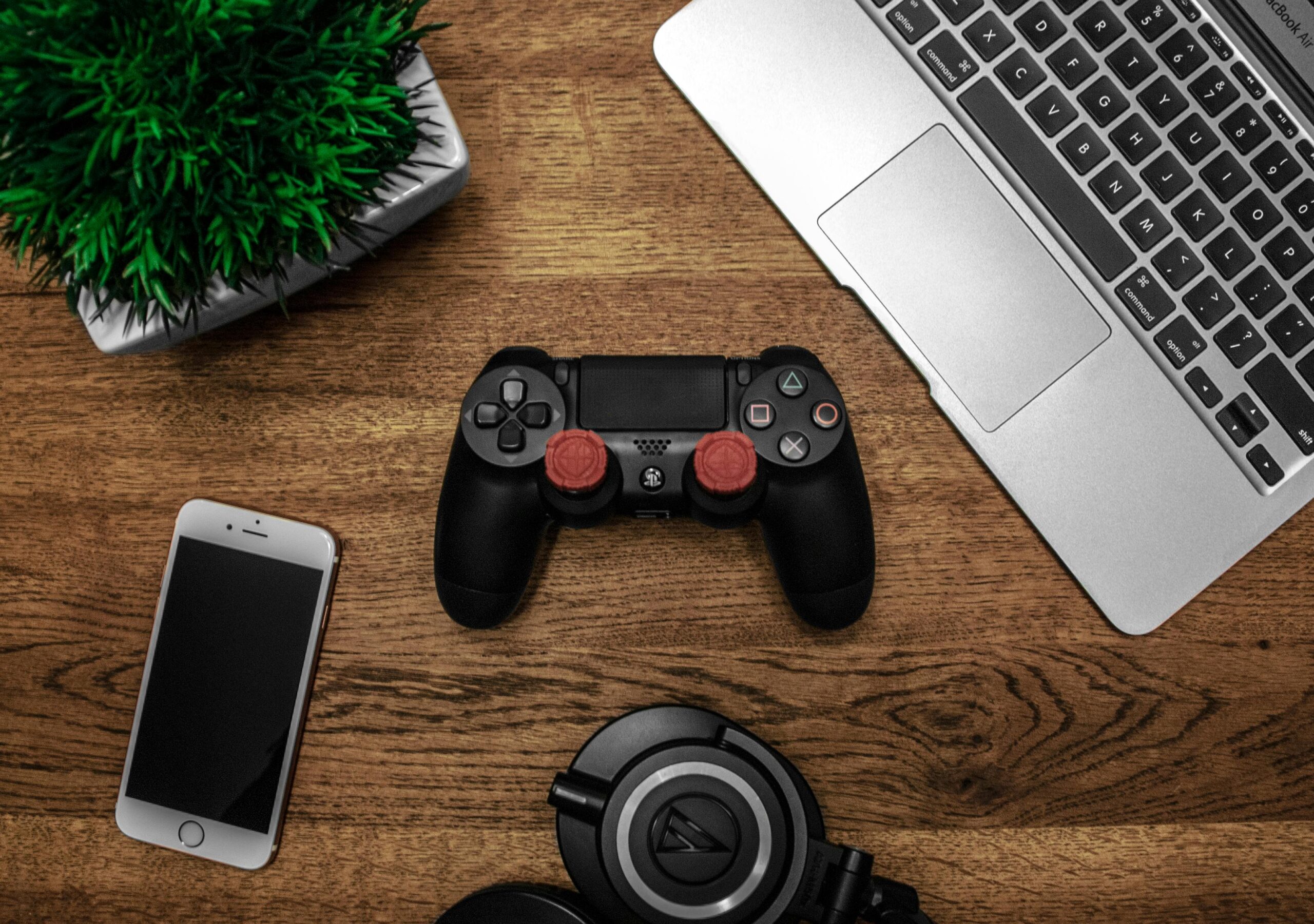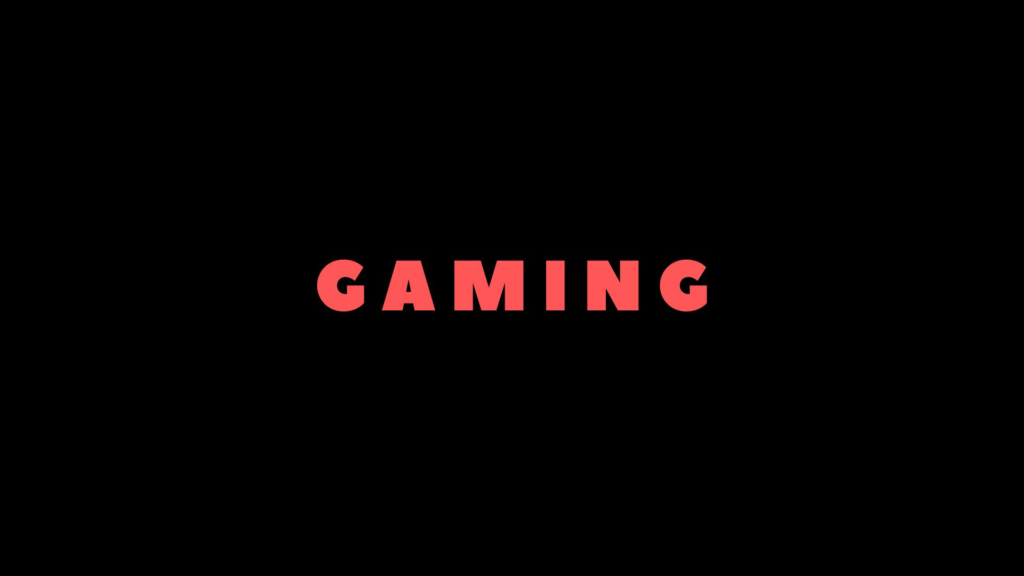
React Faster: Tips to Improve FPS Gameplay
If you’re serious about dominating in fast-paced FPS (First-Person Shooter) games, then mastering your reaction time is crucial.Whether you’re playing titles like Call of Duty, Valorant, or Counter-Strike: Global offensive, lightning-fast reflexes can mean the difference between victory and defeat.But how exactly can you improve your reaction speed to gain a competitive edge? In this comprehensive guide, we’ll dive deep into tactical tips, training exercises, and gaming setup optimizations that can help you sharpen your reflexes and elevate your gameplay.
Why Reaction Time Matters in FPS Games
Reaction time in FPS games refers to how quickly your brain processes what’s happening on screen and how fast you respond — be it aiming at an enemy, dodging incoming fire, or executing a clutch move. Pro players consistently showcase ultra-fast reaction speeds, enabling precise aiming and split-second decision-making.
Improving reaction time doesn’t just translate to faster kills; it also enhances your overall game awareness and survivability.
Key Benefits of faster Reaction Times
- Better accuracy: Quicker target acquisition means more headshots and kills.
- Improved decision-making: React faster to changing situations like flankers or rushes.
- Enhanced survival: Evade grenades, bullets, or traps with greater ease.
- Higher consistency: Less sluggish input delays during high-pressure moments.
Understanding the Science Behind Reaction Time
Before jumping into training methods,it’s helpful to understand what reaction time involves. It includes three phases:
- Perception: Detecting a stimulus, such as an enemy appearing on screen.
- Processing: Interpreting what you saw and deciding what to do.
- Execution: Physically reacting by moving your mouse, pressing a key, or taking an action.
Your total reaction time is the sum of these phases, and any advancement in one or more phases leads to faster overall responses. Factors like age, fatigue, distractions, and hardware can influence your reaction speed.
Top Strategies to Improve Your Reaction Time in FPS Games
1. Optimize Your Gaming Setup for Low Latency
Hardware and settings play a huge role in minimizing input lag and ensuring your reactions register instantly.
- Use a high-refresh-rate monitor: Aim for 144Hz or higher to see smoother, more fluid motion.
- Enable low-latency mode: Many GPUs and monitors offer modes that reduce display lag.
- Choose a gaming mouse with a high polling rate: 1000Hz polling rate reduces delay between your hand and the game.
- Reduce graphic settings if needed: Higher FPS leads to faster feedback; target 144+ FPS for responsive gameplay.
- Use a wired internet connection: Avoid packet loss and network lag that disrupts reaction timing.
2. Train Your Brain and reflexes with Specialized Exercises
Just like physical fitness, your reaction time can be honed with consistent practice.here are some effective training tools and drills:
- Use Aim Trainers: Programs like KovaaK’s or Aim Lab help you practice target acquisition, flick shots, and tracking in controlled environments.
- Play Reaction Time Games: Websites and apps offer mini-games designed to challenge and improve your reflexes.
- Hand-Eye Coordination Drills: simple drills like catching or throwing balls, or specific finger tapping exercises help improve neural pathways.
- Practice Fast Decision-Making: Scrim or play with higher-tier players to train your mind to process details quickly under pressure.
3. Develop Good Physical and Mental Habits
Your body and mind condition directly affect your reaction speed, so don’t neglect these foundational areas:
- Get quality sleep: Fatigue significantly slows reaction time; aim for 7-9 hours per night.
- Maintain proper hydration: Dehydration impacts cognitive function and reflexes.
- Exercise regularly: Cardiovascular and coordination exercises enhance overall brain health.
- Manage stress: Stress and anxiety can cloud focus; consider breathing exercises or mindfulness techniques.
In-Game Settings to Speed Up Your Reaction Time
Adjusting certain FPS game settings to suit your playstyle can boost your reaction capabilities:
Lower Mouse Sensitivity
While a higher mouse sensitivity lets you turn quicker, it also requires more precision control. Experiment with moderate sensitivity to find a balance that allows fast yet accurate aiming.
Disable Mouse Acceleration
Many pros disable mouse acceleration to maintain consistent aiming. This ensures your cursor moves in a predictable way, helping build muscle memory and faster responses.
Customize Crosshair and HUD
A clear, unobtrusive crosshair makes spotting targets and shooting more instinctive. Use high contrast colors and minimal clutter to avoid distractions during hectic fights.
Use Real-World Gaming Tips to Sharpen Your Reflexes
Warm Up Before Every Session
Spend 10-15 minutes warming up with aim trainers or shooting ranges. This primes your nervous system and gets your reaction time ready for peak performance.
Play Regularly but Avoid Burnout
Consistent practice is key to gradual reaction time improvement, but long marathon sessions lead to fatigue.Schedule breaks and stick to focused, time-limited play to stay sharp.
Analyze Your Gameplay and Learn from Mistakes
Review match replays to identify slow reaction moments. Did you miss a peek? Was your flick off? self-analysis enables targeted improvements.
Use Custom Games or Bots to Practice Reaction Time
Custom games with bots or drills tailored to fast target presentations are a safe habitat to push your limits without match pressure.
first-Hand Experience: How Improving Reaction Time Transformed My Gameplay
As an avid FPS gamer, I struggled with quick target acquisition, frequently enough dying to players who seemed a step ahead. After incorporating aim trainers into my routine and focusing on physical wellness, I noticed significant improvements within weeks. my headshot percentage increased by 15%, and I felt more confident in clutch moments. Investing time to optimize hardware, from upgrading my mouse to tuning monitor settings, further reduced input delay.My advice? Combine smart training with healthy habits for the best results.
Conclusion: Stay Committed to Sharpening Your Reflexes
Improving reaction time for FPS games is a multi-faceted process that involves optimizing your gaming setup, engaging in targeted training, and maintaining strong physical and mental health. By incorporating the strategies shared in this guide, including aim trainers, low-latency hardware, and consistent warm-ups, you will gradually notice quicker reflexes and better in-game performance.
Remember, even the fastest reflexes won’t replace game sense and strategy, but they certainly amplify your ability to execute. So gear up, practice smart, and get ready to elevate your FPS skills to the next level!
Frequently Asked Questions (faqs)
how quickly can I expect to improve my reaction time?
With consistent daily practice and lifestyle improvements, noticeable gains can emerge in 2-4 weeks, though continuous training yields the best long-term results.
Are there any supplements that help improve reaction time?
Some gamers try caffeine or nootropics to boost focus, but these can have side effects. Prioritize natural methods like sleep and nutrition first.
Can reaction time improvement work for consoles as well?
Absolutely! while mouse and keyboard offer distinct advantages, drills, mental training, and setup optimization translate well across all platforms.
